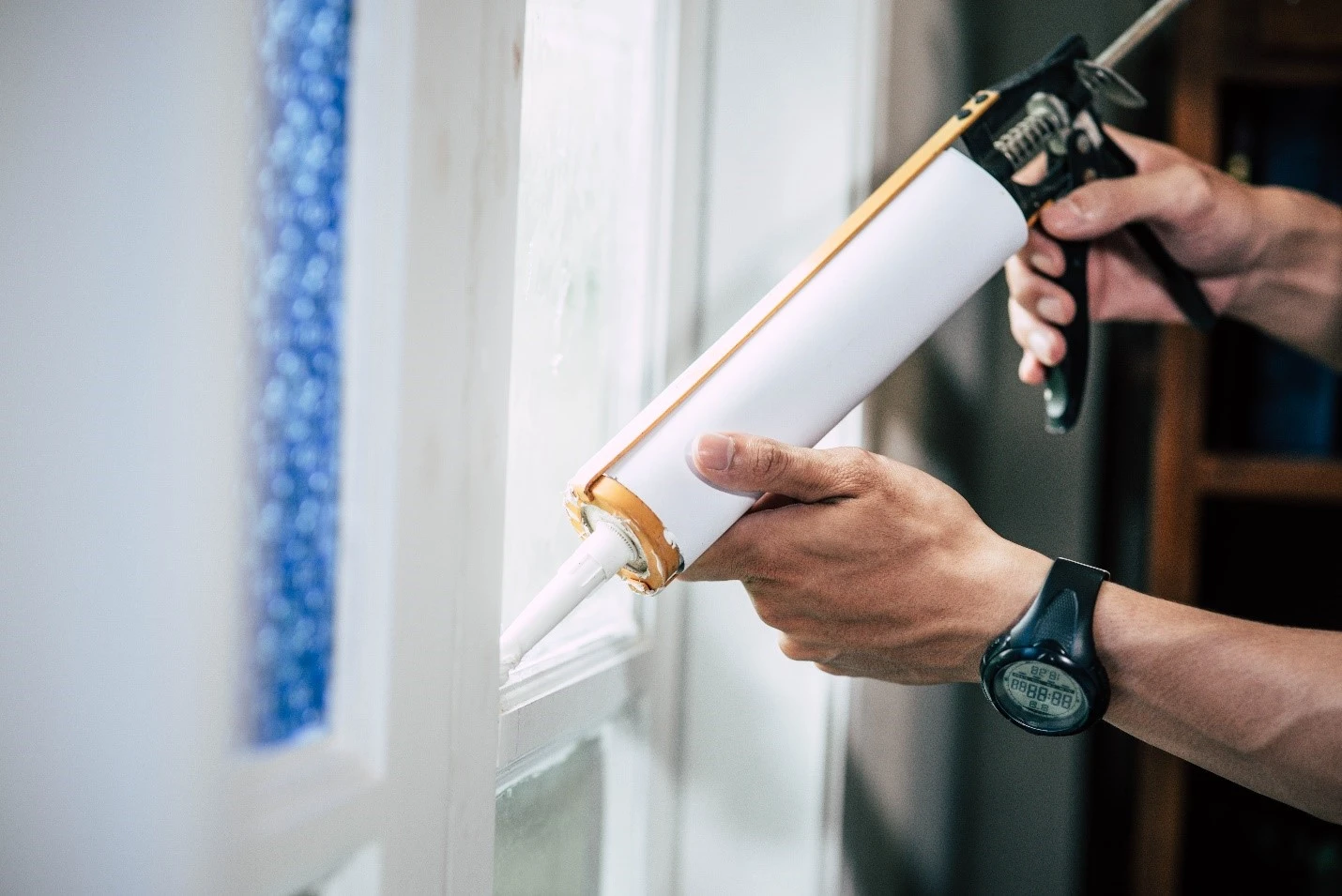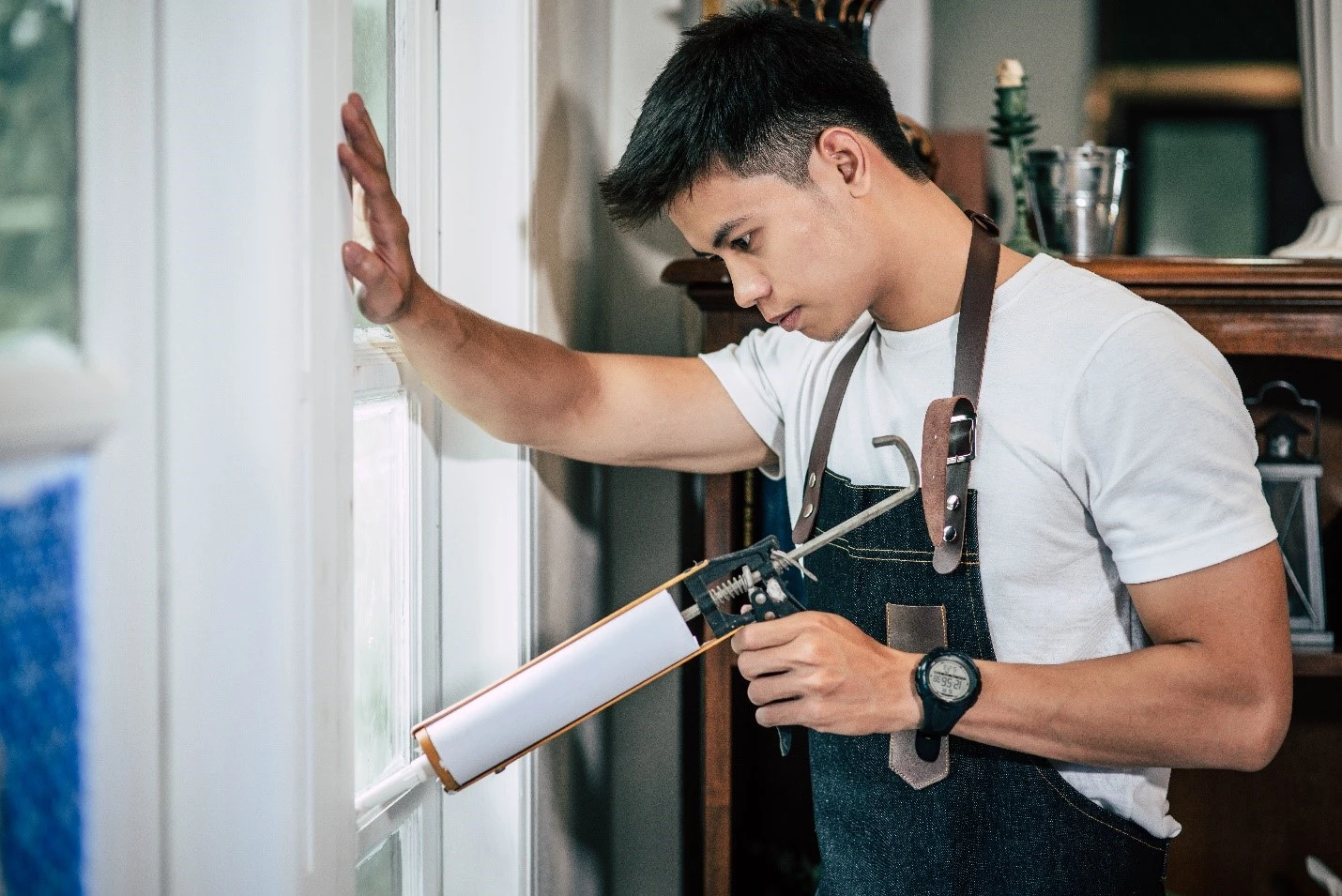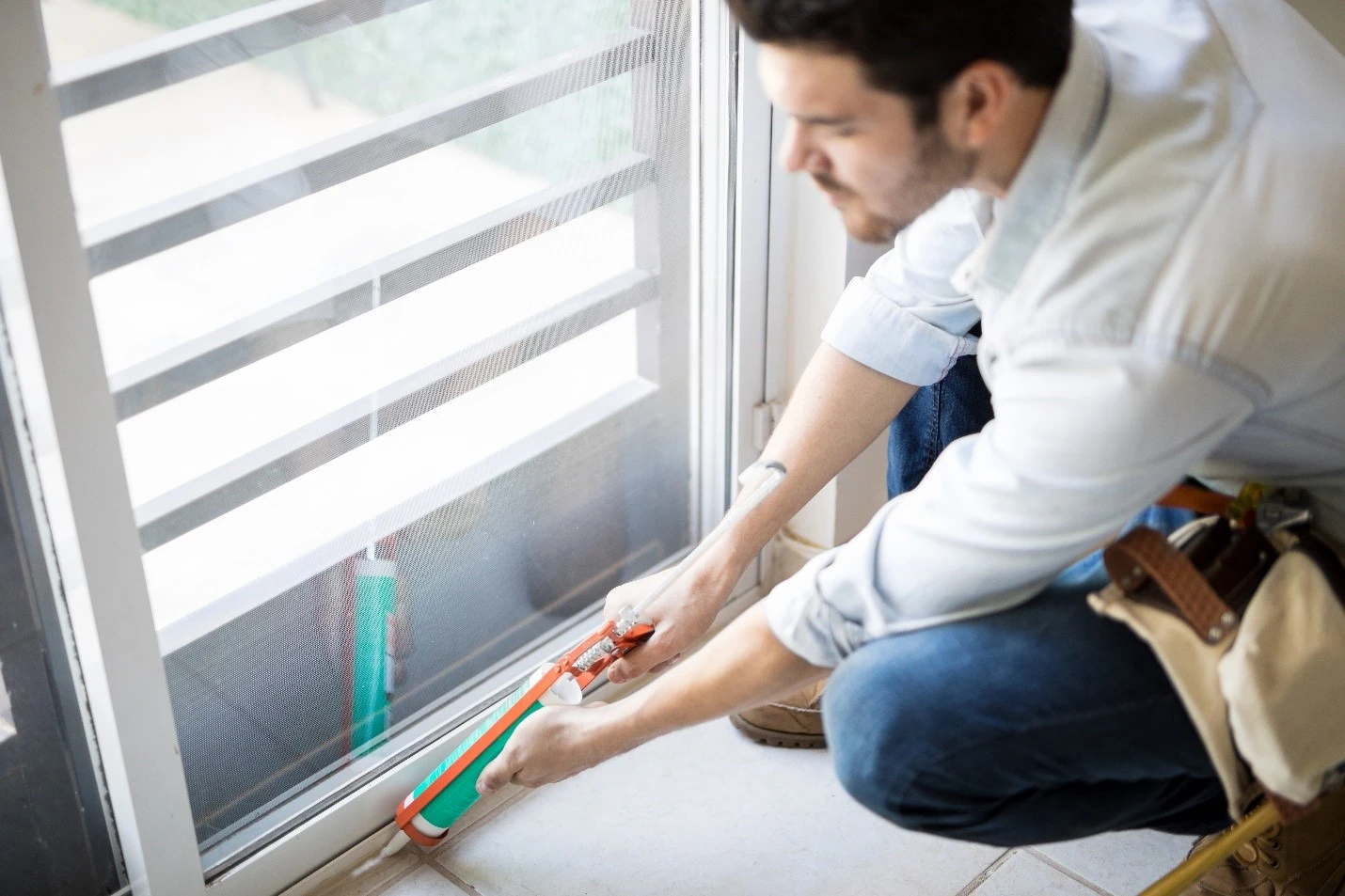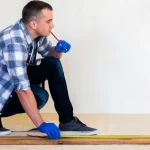Silicone sealant is one of the most popular and versatile products in the toolkit of both DIY enthusiasts and professional tradespeople. Its flexibility, water resistance, and strong adhesive qualities make it ideal for a wide range of sealing tasks around the home and workplace. However, while silicone sealant is extremely useful, it’s not suitable for every job.
If you’re new to using silicone sealant, this guide will help you understand exactly where to use it and, just as importantly, where you shouldn’t. Knowing this will save you time, money, and frustration—and help your projects look professional and last longer.
What is Silicone Sealant?

Silicone sealant is a rubber-like material used to seal joints, gaps, and cracks to prevent air, water, or dust from passing through. It’s made primarily from silicone polymers, which give it flexibility and durability.
There are different types of silicone sealants available, including:
- General-purpose silicone: good for most indoor and outdoor sealing jobs.
- Sanitary silicone: specially formulated to resist mould and mildew—ideal for kitchens and bathrooms.
- High-temperature silicone: used for sealing around heat sources like ovens or engines.
Its key properties include waterproofing, excellent adhesion to non-porous surfaces, flexibility to absorb movement, and long-term resistance to weather and ageing.
Where can You Use Silicone Sealant?

1. Bathrooms and Kitchens
Silicone sealant is perfect for sealing around bath, sinks, showers, and kitchen worktops—areas exposed to water and humidity. Sanitary silicone is recommended here because it contains anti-mould agents that prevent unsightly black mould growth.
2. Windows and Doors
Use silicone to seal gaps between window frames and walls, or around door frames. It keeps draughts and water out, improving insulation and preventing damage from weather.
3. Glazing
Silicone can secure glass panes in window frames and doors. Its flexibility allows for slight movement caused by temperature changes without cracking.
4. Plumbing (Non-Pressurised)
For minor sealing around pipe joints and fixtures—not for high-pressure pipes or where a watertight plumbing joint is critical—a waterproof sealant like silicone works well to stop leaks or seepage.
5. Outdoor Use
Many silicones are UV resistant, making them suitable for external joints such as gutters, roof repairs, and expansion joints in concrete. Always check the product label to ensure it’s rated for outdoor use.
6. Electrical Components
Some specialised silicone sealants can insulate and waterproof electrical fittings. These are used to protect outdoor lights, junction boxes, and other installations from moisture.
Where You Shouldn’t Use Silicone Sealant?
1. Structural Joints
Silicone sealant is not a construction adhesive and cannot replace mortar, concrete, or epoxy in load-bearing or structural applications.
2. High-Pressure Water Joints
Do not use silicone on joints that carry pressurised water, such as supply pipes or pressurised plumbing systems. Instead, use plumber’s tape or specialised thread sealants designed for this purpose.
3. Porous Surfaces
Silicone struggles to bond well to untreated wood, brick, or concrete unless they are primed or sealed first. It may simply peel off over time on these surfaces.
4. Painted Surfaces
Avoid applying silicone over painted areas. Silicone prevents paint from adhering properly, causing peeling or blistering. If you need a sealant you can paint over, opt for acrylic or polyurethane alternatives.
5. Areas Where Painting Over Sealant is Needed
Silicone sealant remains flexible and glossy and does not accept paint. For applications where you want a painted finish, use an acrylic sealant instead.
6. Food Contact Surfaces
Standard silicone is not food-safe and should not be used in areas where it might come into contact with food unless specifically labelled as food-grade.
7. Certain Plastics and Rubber
Check compatibility before using silicone on plastics or rubber as it can cause chemical reactions leading to degradation or poor adhesion.
Tips for Using Silicone Sealant Correctly

- Prepare the surface: Make sure the area is clean, dry, and free from dust, grease, or old sealant.
- Apply evenly: Use a caulking gun for control. Cut the nozzle to the right size for the gap.
- Smooth the bead: Wet your finger or use a sealant smoothing tool to create a neat finish.
- Allow to cure: Follow the manufacturer’s instructions. Silicone typically cures in 24 hours but varies.
- Use safety gear: Work in a well-ventilated area and wear gloves to avoid skin irritation.
If you’re unsure about achieving a perfect finish or working in tricky areas, hiring professional Silicone Sealant Applicators can ensure a clean, durable, and long-lasting seal
Common Mistakes to Avoid
- Applying sealant on wet or dirty surfaces, which leads to poor adhesion.
- Using silicone where you plan to paint later.
- Applying too much or too little sealant.
- Ignoring curing times and handling before fully set.
- Failing to read product labels and instructions.
Conclusion
Silicone sealant is a fantastic, flexible, and waterproof product for many household and professional sealing jobs. It shines in bathrooms, kitchens, windows, and certain outdoor applications. However, it’s not a one-size-fits-all solution.
Understanding where to use silicone sealant—and where it’s best avoided—will ensure your projects last longer, look better, and work as intended. Always choose the right type of sealant for the job and prepare surfaces carefully to achieve the best results.
If in doubt, consult product data sheets or seek advice from experts. With the right knowledge and technique, silicone sealant will be your trusted ally for many DIY and maintenance tasks.









